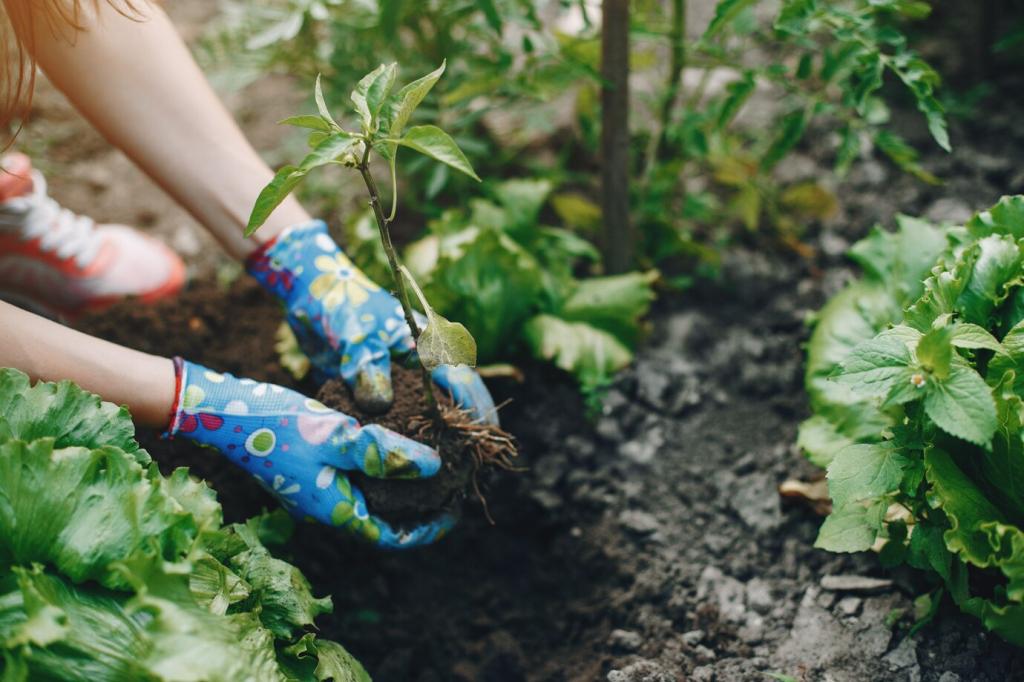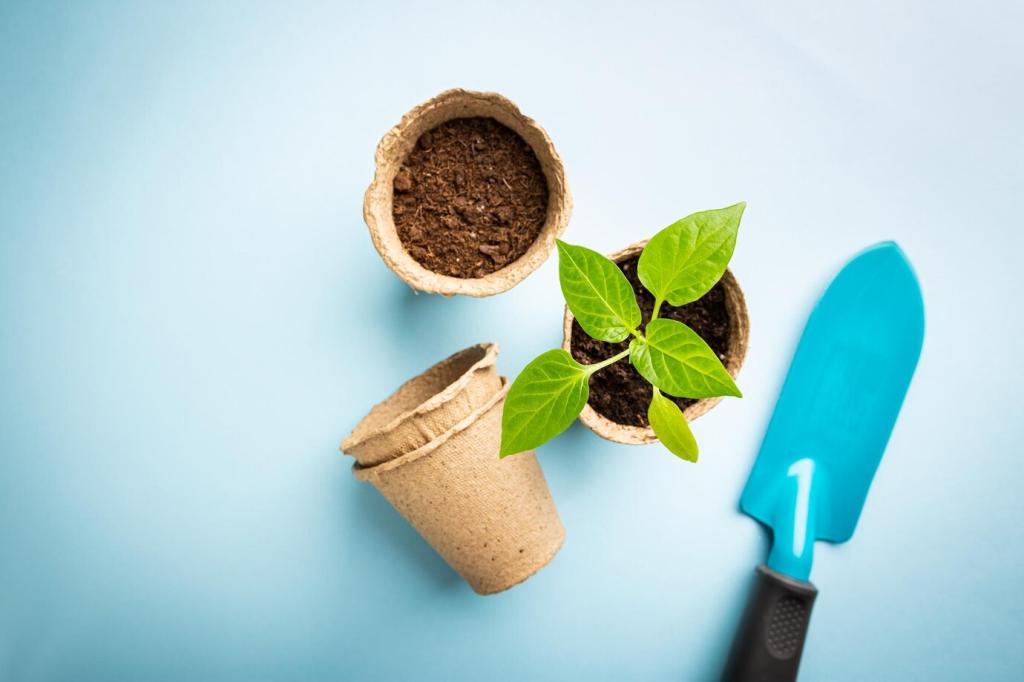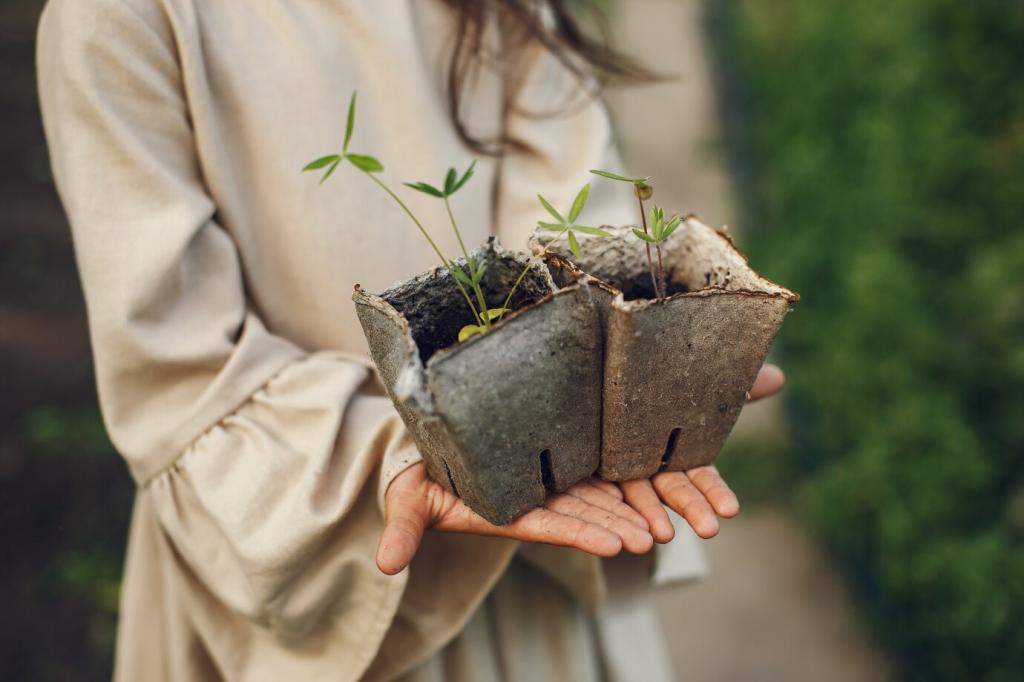Native Plants for Attracting Local Wildlife: Turn Your Yard into a Thriving Habitat
Chosen theme: Native Plants for Attracting Local Wildlife. Discover how regionally adapted flowers, shrubs, and trees invite birds, butterflies, bees, and beneficial insects, creating a beautiful, resilient ecosystem right outside your door.

Why Native Plants Are Wildlife Magnets
Co-evolution and Specialized Partnerships
Many local insects can only feed on specific native plants, and that dependency ripples outward to birds and small mammals. When you plant milkweed, monarch caterpillars arrive; with oaks, hundreds of caterpillar species appear, feeding fledgling birds and supporting entire food webs.
Nutritional Timing and Seasonal Fit
Native plants bloom, fruit, and seed when local wildlife needs them most. Spring nectar supports awakening pollinators, summer berries fuel nesting birds, and autumn seeds sustain migrants. This natural timing often outperforms ornamental exotics that miss the region’s ecological calendar.
Low Input, High Impact
Because native plants evolved locally, they require fewer inputs once established—less water, fewer fertilizers, and minimal pest control. That means a healthier, safer environment for bees, amphibians, and songbirds. Share your experience in the comments and inspire others to plant natives this season.
Designing Your Native Habitat Garden
Structure matters. Canopy trees like native oaks or willows, mid-layer shrubs such as serviceberry, and understory perennials like coneflower and goldenrod create vertical habitat. This layering multiplies nesting niches, foraging opportunities, and protective cover from predators.

Plant early bloomers like wild columbine and pussy willow to jumpstart pollinators emerging from winter. Tender spring leaves on native trees host caterpillars, which become crucial protein for nestlings. Share your first spring sightings with us and compare notes with fellow gardeners.

Soil, Water, and Microhabitats
Compost and leaf mulch nourish soil organisms that, in turn, nourish plants and insects. Avoid synthetic pesticides and herbicides; they disrupt delicate relationships underground and above. Test your soil, amend thoughtfully, and watch the native palette respond with vigor and resilience.
Soil, Water, and Microhabitats
Provide shallow birdbaths with stones for perches, small ground-level saucers for bees and butterflies, and a slow-drip feature if possible. Keep water clean and refreshed. Even a simple dish can become a lifeline during droughts, drawing dragonflies, songbirds, and beneficial wasps.


A Backyard Rewilding Story
From Lawn to Life
On a suburban corner lot, a family swapped a third of their lawn for native perennials, sedges, and a young serviceberry. Within one season, goldfinches tapped seed heads, monarchs lingered on milkweed, and neighbors asked for a plant list to replicate the magic.
The Night Visitors
When they left some brush and installed a shallow water basin, a chorus of tree frogs arrived, followed by fireflies in midsummer. The kids began keeping a nighttime journal, recording sightings and weather. Their observations built wonder and a deeper connection to seasonal rhythms.
Community Ripple Effect
Inspired by the results, three nearby households planted native shrubs and a shared pollinator strip. Soon, the street echoed with birdsong at dawn. Join the momentum: comment with your own before-and-after story or subscribe to receive monthly habitat challenges and plant recommendations.

Getting Started on Any Scale
Use deep containers with well-draining soil and native selections suited to pots, like aromatic aster, prairie dropseed, or dwarf serviceberry. Cluster containers for a stronger visual beacon to pollinators. Track visitors and share sightings—balconies can buzz with life, even several floors up.
Community Science and Continuing the Journey
01
Use free platforms like iNaturalist or eBird to log pollinators, birds, and plants in your yard. Your observations strengthen local biodiversity data. Post a link to your project so our community can cheer you on and learn from your findings.
02
Seek reputable native plant nurseries and community plant swaps to find regionally sourced species. Ask about seed provenance and pesticide-free practices. Share your favorite nursery in the comments to help neighbors discover ethical sources and expand their habitat gardens responsibly.
03
Subscribe for seasonal planting guides, species spotlights, and design sketches tailored to native plants for attracting local wildlife. Tell us which topics you want next—shade gardens, meadow conversions, or rain gardens—so we can grow this resource with your interests in mind.
